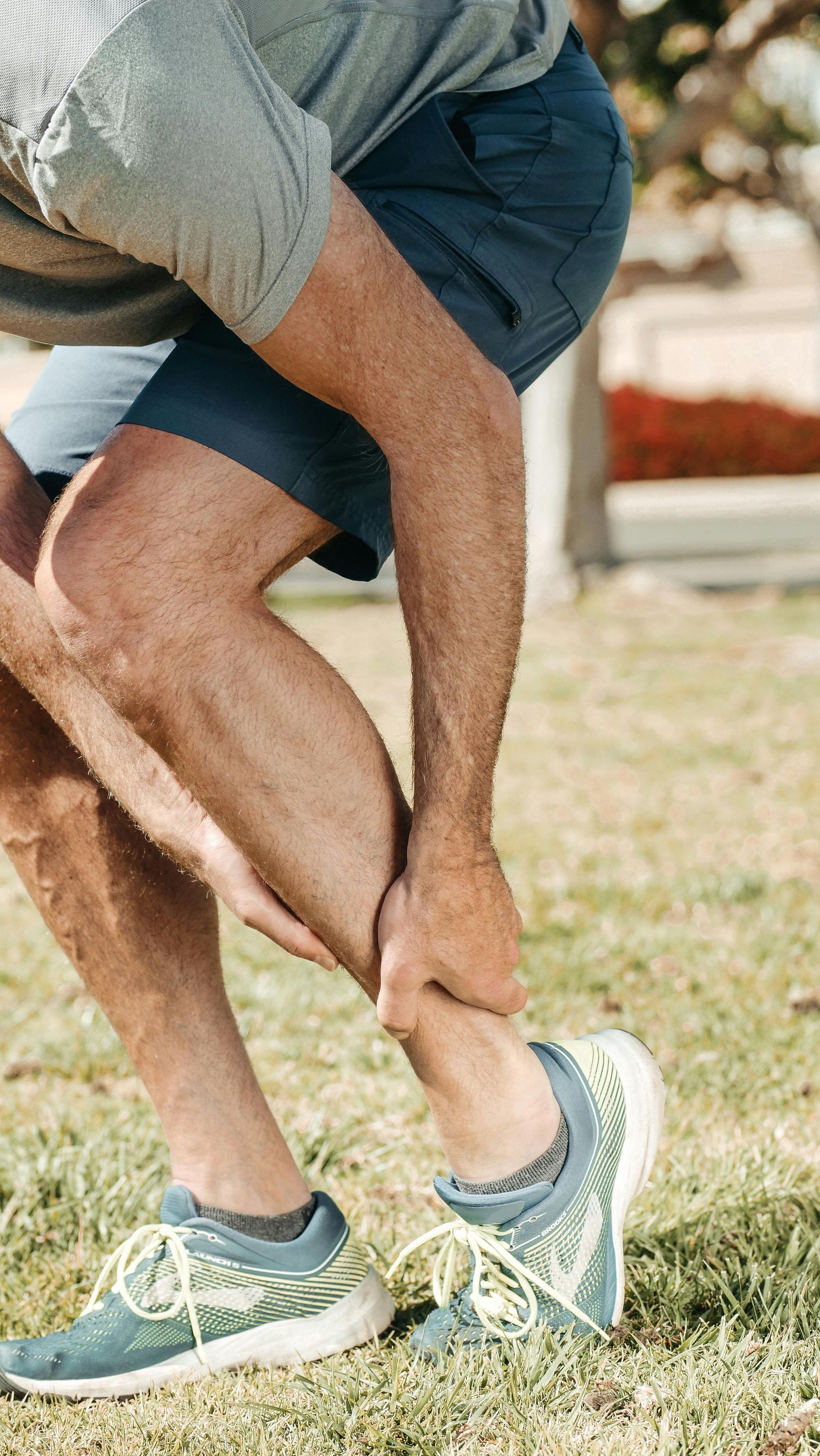A spike in overuse injuries
A spike in overuse injury

We have seen a spike in overuse injuries since the reopening of runnings events, community sport and those who are getting back to full time exercise.
Stress fractures fall into this category of overuse injury, where an imbalance exists between bone resorption into the body and laying down new healthy bone, leading to bone stress and eventually fracture. This can be a painful condition, with lengthy rehab and time out activity or sport, so prompt diagnosis and treatment is important. Also being aware of risk factors and implementing injury prevention strategies can be crucial for avoiding these injuries in the future!
Stress Fracture in the Lower Body
2021 has seen a resurgence of people getting back to sport, activity and training. Overuse injuries can occur when there is a sudden change in activity, and stress fractures are no exception.
Stress fractures are a relatively common overuse injury where bone becomes overloaded from repetitive stress. Also called fatigue fracture, it is due to repetitive submaximal loads onto otherwise healthy bone. It is distinguished from "insufficiency fracture", which is cause by normal loads on unhealthy bone. They represent a spectrum of injuries ranging from periostitis (inflammation of the periosteum of bone) to complete stress fracture that includes a break in the bone.
The lower body is a common site of stress fracture as it is exposed to weight bearing forces. Any activity that places repetitive load on the bones of the lower body can lead to stress fracture, and the cause can be from a multitude of factors.
Common injury sites include (but not limited to!):
Tibia bone (leg)
Stress fracture of the tibia is among the more common stress fracture sites, often seen in
long distance runners. Pain will be on the inside part of the bone (medial) and may be
painful to palpate, walk, run or hop.
Metatarsals (forefoot bone/s)
The metatarsals are another common site of stress fracture. Often seen in dancers or
activity involving repetitive movement onto the "tip toes"
Navicular bone (midfoot)
The inside of the midfoot lies an important bone called the navicular. Is supports the
arch of the foot and is the attachment site of the tibialis posterior muscle. This bone is
high risk fracture site as blood supply can be poor and lead to insufficient healing after
stress fracture
Femur (thigh bone)
Also common in runners, the large thigh bone has the potential for stress fracture either
at the neck of the femur, or the shaft. Symptoms may be masked as muscle strain.
HOW DO THEY OCCUR?
Bones are continuously undergoing a process of remodelling, which balances bone resorption with formation of new healthy bone. This process is in response to mechanical stress, which is a normal adaptation to load on bone during activity or daily tasks. When there is an imbalance between bone resorption and new bone formation, microfracture can occur and this is the beginning of bone stress, which may then eventually lead to a fracture in the bone if high loads continue.
CAN STRESS FRACTURES BE PREVENTED?
There are a number of risk factors that may predispose you to a stress fracture such as:
- a sharp increase in training load, or a change to training conditions
- having a low body mass index
- nutrition factors
- being female
- biomechanical factors they may influence load on bone
However, since there has to be an increase in load to the bone for the stress fracture to occur, preventing injury is best done by minimising the rate or degree of change to your training or sport. On top of this, performing regular resistance training and eating well are two effective ways to minimise your risk.
HOW DO YOU MANAGE A STRESS FRACTURE IF ONE DEVELOPS?
Everybody is unique in their experience of stress fracture, and people will have individual factors that determine the cause of the stress fracture.
Most people will require a period of rest from loading the bone to ensure adequate healing can occur. This can sometimes involve a period of non weight-bearing or protected weight bearing such as using crutches if required. On top of this, addressing any underlying biomechanical issues will help with recovery and prevent recurrence. A gradual return to activity can commence when there is adequately reduced pain at the fracture site, determined by a range of tests.
WILL I NEED AN X-RAY OR ANOTHER SCAN?
That will be determined by your treating physio or sports physician. Not all stress fractures (especially when they are recent occurring within the last 2-3 weeks) will show up on an x-ray, however they can be of assistance in diagnosis and add to overall management when appropriate.
Your physiotherapist can help with assessment, diagnosis and management of stress fracture, as well as ensuring a safe return to activity and injury prevention in the future.
Peter Dal Lago
Physiotherapist
REFERENCES
Kiel J, Kaiser K. Stress Reaction and Fractures. In: StatPearls. StatPearls Publishing, Treasure Island (FL); 2020.
Behrens, S. B., Deren, M. E., Matson, A., Fadale, P. D., & Monchik, K. O. (2013). Stress fractures of the pelvis and legs in athletes: a review. Sports health, 5(2), 165–174. https://doi.org/10.1177/1941738112467423







